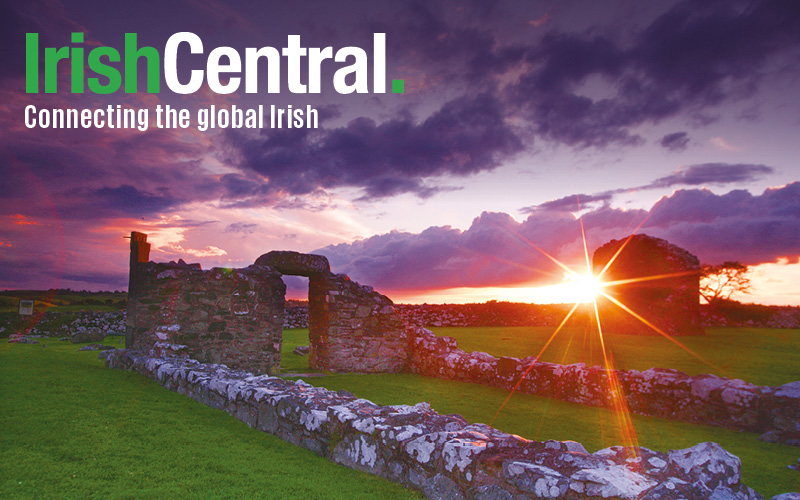History of Presidents Day The original version of the holiday was in commemoration of George Washington's birthday in 1796 (the last full year of his presidency). Washington, according to the calendar that has been used since at least the mid-18th century, was born on Feb. 22, 1732. According to the old style calendar in use back then, however, he was born on Feb. 11. At least in 1796, many Americans celebrated his birthday on the 22nd while others marked the occasion on the 11th instead. By the early 19th century, Washington's Birthday had taken firm root in the American experience as a bona fide national holiday. Its traditions included Birthnight Balls in various regions, speeches and receptions given by prominent public figures, and a lot of revelry in taverns throughout the land. Then along came Abraham Lincoln, another revered president and fellow February baby (born on the 12th of the month). The first formal observance of his birthday took place in 1865, the year after his assassination, when both houses of Congress gathered for a memorial address. While Lincoln's Birthday did not become a federal holiday like George Washington's, it did become a legal holiday in several states. In 1968, legislation (HR 15951) was enacted that affected several federal holidays. One of these was Washington's Birthday, the observation of which was shifted to the third Monday in February each year whether or not it fell on the 22nd. This act, which took effect in 1971, was designed to simplify the yearly calendar of holidays and give federal employees some standard three-day weekends in the process. Apparently, while the holiday in February is still officially known as Washington's Birthday (at least according to the Office of Personnel Management), it has become popularly (and, perhaps in some cases at the state level, legally) known as "Presidents Day." This has made the third Monday in February a day for honoring both Washington and Lincoln, as well as all the other men who have served as president. MRS. JOHN F. KENNEDY'S CREME BRULEE INGREDIENTS 3 c. heavy cream 1 inch piece of vanilla bean 6 tbsp. sugar 6 egg yolks 3 Raspberries for Garnish METHOD In upper part of double boiler, heat 3 cups of heavy cream with a 1-inch piece of vanilla bean. In a bowl, beat 6 tablespoons of sugar with 6 egg yolks until light and creamy. Take out the vanilla bean and stir the warm cream into the yolks very carefully and slowly. Return the mixture to the double boiler over boiling water. Stir constantly until the custard coats the spoon. Then put into a glass serving dish and place it in the refrigerator to set. When ready to serve, cover the top of the custard completely with brown sugar, using 1/2 cup or more. Place the dish on a bowl of crushed ice and place custard under broiler flame until sugar melts and carmelizes. Keep watching it, for the sugar will burn. Serve immediately. EISENHOWER'S MILLION DOLLAR FUDGE INGREDIENTS: 12 ounces semisweet chocolate bits 12 ounces German sweet chocolate, broken into bits 1 pint marshmallow cream Pinch of salt 1 cans (13 ounces) evaporated milk 4.5 cups sugar 2 cups chopped walnuts (or pecans) 2 tablespoons butter METHOD In a large bowl, combine both types of chocolate, marshmallow cream and salt. Put milk and sugar in a large pot. Bring to a boil, stirring constantly. Cook, stirring mixture over the chocolate. Add nuts and butter and beat until the chocolate is melted and the fudge is creamy. Pour into buttered 9"x9" pan and let cool at room temperature for a few hours before cutting into squares. Store in an airtight container. Makes about 5 pounds of fudge. AND FINALLY... A man was sitting at the bar during a costume party when someone went up to him and said, "Hey, I thought you were supposed to dress up in something that symbolized your love life?" The man said, "I am." The other guy said, "You look like Abe Lincoln." The man said, "That's right. My last 4 scores were 7 years ago." CHEF GILLIGAN




Comments